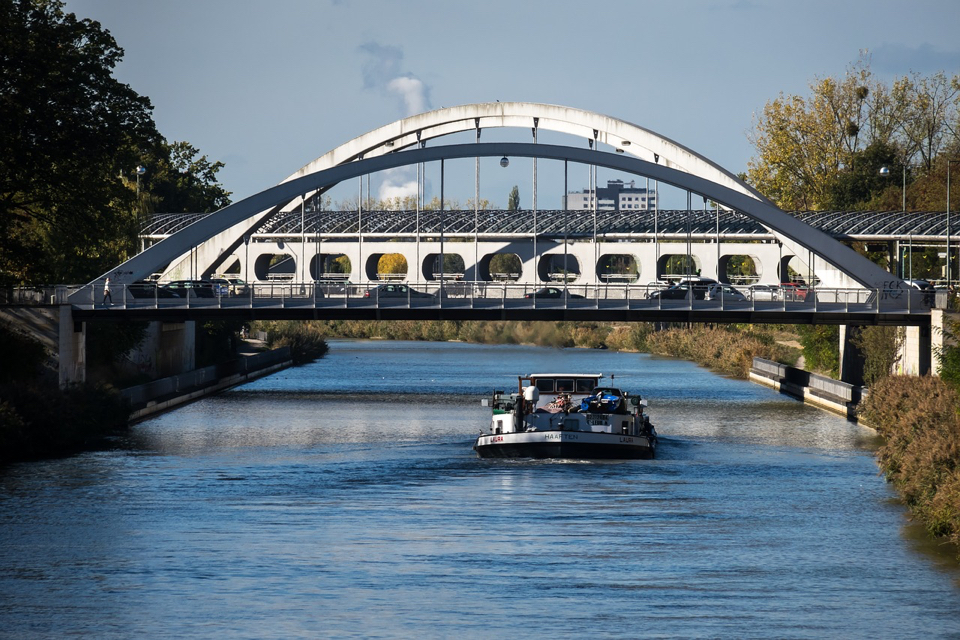In January 2021, the PIANC Task Group (TG) 234 “Infrastructure for the Decarbonisation of Inland Waterway Transport” was set up. In its latest report, TG 234 recommends that PIANC set up a working group that focusses on pathways and decision making for decarbonisation in inland navigation.
The availability of zero-emission fuels infrastructure, including onshore electric power supply, will be key to enable greenhouse gas (GHG) zero-emission vessels and increase the competitiveness of inland waterway transport as a whole, at a time when other modes of transport are reducing their ecological footprint.
TG 234 was set up to address this challenge. Its main tasks were to identify knowledge gaps and major challenges that need to be urgently addressed and advise PIANC on further actions.
TG 234 compiled a course overview of key decarbonisation developments at different scales (per continent, corridor, country and organisation that participated in the TG). Similarly, main developments for a number of promising energy carriers were compiled. To provide concrete handles for actors that face the challenge of developing (policies for) infrastructure for the decarbonisation of inland waterway transport, a set of key questions is proposed. Additionally, a method is proposed that actors could apply to generate answers for these questions.
Also read: First newbuild hydrogen inland vessel close to completion
Pathways and decision making for decarbonisation
In its latest report, TG 234 recommends that PIANC should consider setting up a working group that focusses not on infrastructure hardware, such as dimensions and standards of bunkering stations, but rather on pathways and decision making for decarbonisation of inland navigation.
A pathway is understood as a way to organise the transition from a fleet (existing and newbuilds) into a decarbonised fleet over a few decades. Design of the supporting infrastructure should subsequently be considered in the context of the selected pathway(s).
From the TG’s investigations, it seems that once there is clarity on preferred transition pathways, a wide range of reports, research programmes and initiatives is available that can be used as reference material. But what is not so abundant (yet) is an integral framework that allows the comparison of different transition pathways for a give waterway or network.
This report and its recommendation have been submitted to PIANC for further actions and future working group. The report can be requested here.
Also read: How many zero-emission inland ships are needed to meet climate goals?
PIANC
As a non-political and non-profit organisation established in 1885, PIANC’s mission is to bring together international experts to issue high-ranking technical reports covering a wide range of topics related to sustainable waterborne transport infrastructure, with a strong focus on climate change and “Working with Nature”.
Also read: Putting the energy efficiency of zero-emission X-Barge to the test








